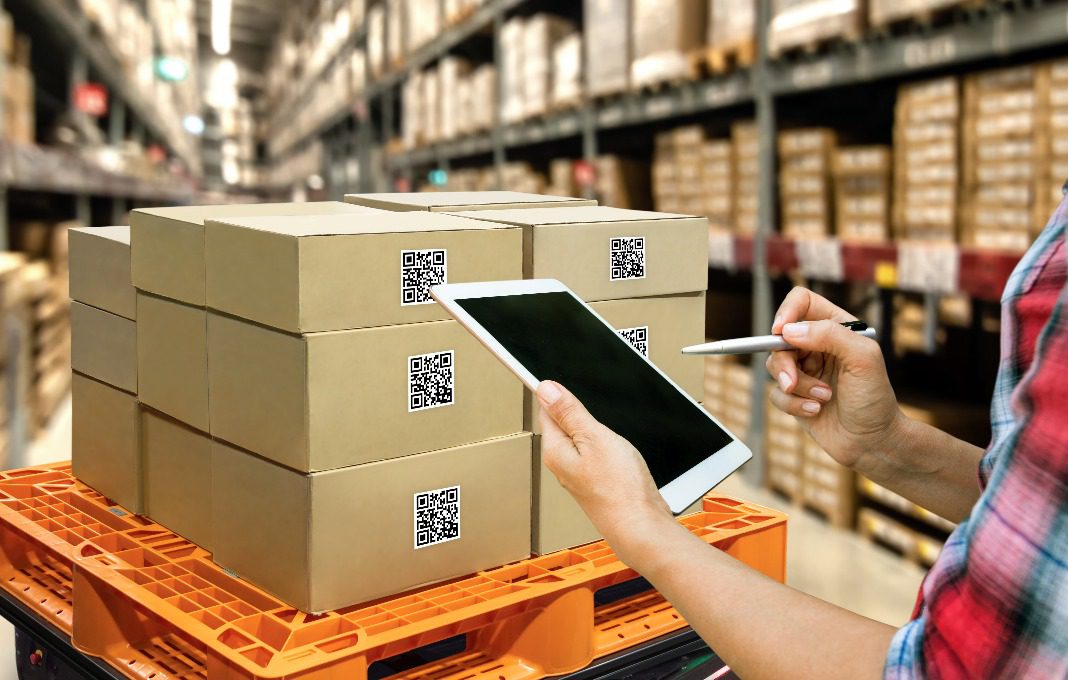 Post-Covid, CEOs face a tough re-adjustment period including analysis of new and possibly permanently changed consumer behavior patterns and expectations, and the need for a serious re-assessment of the most basic fundamentals of their entire supply chain and operations. In addition, company leaders must balance the need to spend on digitization efforts even while short-term revenues are dangerously low due to Covid-related disruptions. Vulnerabilities that didn’t exist before place stress on the company, and vulnerabilities that already existed (but had long been ignored) place even more.
Post-Covid, CEOs face a tough re-adjustment period including analysis of new and possibly permanently changed consumer behavior patterns and expectations, and the need for a serious re-assessment of the most basic fundamentals of their entire supply chain and operations. In addition, company leaders must balance the need to spend on digitization efforts even while short-term revenues are dangerously low due to Covid-related disruptions. Vulnerabilities that didn’t exist before place stress on the company, and vulnerabilities that already existed (but had long been ignored) place even more.
Permanent changes in supply chain are coming
The pre-pandemic dominant supply chain approach was to drive down costs above all else, leading to an over-reliance on global sourcing in single regions and larger contracts. While this may have driven short-term cost advantages, it also brought risks. These were all too apparent when China became virtually inaccessible immediately after the pandemic broke out. Companies that relied on Chinese suppliers exclusively were suddenly at a disadvantage with no other options. During the 2020 crisis, those companies in the best position were the ones which had already prepared for the unexpected and built optionality into their supply chains long before the pandemic became a reality.
Five things to review to get your supply chain in order
In the coming months, CEOs should take a hard look at five facets of their supply chain:
1. Diversify the supply base. Dependence on a single region, or having a smaller number of large contracts delivers a cost advantage. However, it exposes the company to risks if that region, or supplier, experiences a disruption as was the case at the beginning of the pandemic. Replacing single-region sourcing with a strategy of local/regional/global sourcing will help build optionality into the supply chain model, so alternatives may be more readily available when emergencies or disruptions to the supply chain inevitably occur.
2. Consider capacity. As demand dropped in the weeks and months after the pandemic, it became evident that capacity should be reconsidered. Is the supply or manufacturing capacity flexible enough to meet new buying patterns? Can it be reconfigured and redeployed as those needs evolve?
3. Build a more resilient supply chain. An inflexible supply chain, built around a handful of large, single-region suppliers, will prove to be a roadblock when trying to resume operations after a major disruption.
4. Digitize and automate. Process innovations in manufacturing and supply chain will help make that capacity more flexible, while also building resiliency.
5. Risk mitigation. Gaining an understanding of each supplier – and each supplier’s supplier – is the first step in understanding and mitigating any possible risk.
Resiliency of the supply chain is paramount going forward. The pandemic brought to light several hidden inefficiencies, not the least of which is over-reliance on single regions. The first region in the world to shut down as a result of the pandemic was Wuhan, China. Global supply chains have for decades had a Wuhan connection, a heavily industrialized region which also serves as one of the largest transportation hubs in Asia, and is often seen as the Chicago of China. If a product is coming from China, chances are, at some point it has passed through Wuhan. When that region suddenly became inaccessible, the supply chain impact rippled throughout the world.
Case Study: How One Manufacturer Nailed Transformation
This was the case with a multibillion-dollar nylon manufacturer. The company was looking to vastly increase exports from around 500 containers per year, to close to 5,000 containers per month. Achieving this demanded a reconfigured distribution network and re-evaluated relationships with rail, road and ocean carriers. The solution involved recognizing that long-standing practices are not always the best ones and the lethargy of “let’s keep things the way they are” was getting in the way of making things better.
This manufacturer needed to adapt to vast changes in its delivery characteristics in response to a major shift in markets served. In addition to moving to a much larger volume in response to an increase in demand, the company had been faced with a disproportionate use of over-the-road shipping. Continued overuse of trucks for shipping would yield several significant problems for the company. Truck transportation one of the most expensive modes of transportation; a move to higher volumes being moved via truck would significantly increase the company’s carbon footprint; and the trucking industry is itself beset by challenges such as a shortage of drivers and a reluctance to embrace modern digitization and automation efforts. Additionally, regulatory changes in over-the-road transportation continues to make intermodal solutions much more practical and affordable. With this in mind, a continued transportation network based primarily on over-the-road transportation became unworkable given the significant increase in both shipping volume and distance.
The solution was somewhat radical. Transforming procurement and logistics is seldom the first place a company looks for dramatic financial improvements, but in this case, that strategy fit the bill. A new logistics framework first moved to a more effective, efficient and affordable combination of truck, rail and steamship, which resulted in an overall 17 percent reduction in transportation costs and a $30 million decrease in working capital costs, made possible by reducing reliance on company trucks and trailers. The reconfigured transportation network also demanded additional changes in packaging and warehousing. Part of the solution involved negotiating with a warehouse supplier to install $15 million in state-of-the-art packaging equipment and unique warehousing capabilities on-site to accommodate the new processes and product line.
Successful transformation begins with collaboration, innovation and good data
This type of transformation involves several steps beyond re-evaluating logistics and distribution, and includes a renewed look at:
• Leader and organization improvement (LOI). This includes creating and implementing a management reporting system and dashboard, helping personnel get behind leadership’s goals, and aligning organizational goals with plant management.
• Sales & operations planning (S&OP). A new S&OP process includes a fully integrated inventory management control system to remove slow-moving inventory and produce inventory as required; while introducing a new inventory management control process linked to S&OP.
• New management operating systems, shifting maintenance from reactive to proactive, and identifying the root cause for process losses.
• Data analytics. Shared databases for managing and tracking programs, and helping to deliver insights needed to transform data into action.
Moving to a more intermodal transportation network naturally required greater levels of collaboration, automation and digitization for it to be effective, and the new distribution network placed high priority on collaboration. Building the new transportation network involved negotiating with senior management of steamship lines to get container capacity to an appropriate level, while also prequalifying warehousing and packaging companies, railroads, barge lines, shipping companies and freight forwarders to ensure each new member of the network would be able to meet the company’s requirements while getting on board with the mandate for collaboration and digitization.
Opening up the door to deeper collaboration and a better understanding of all stakeholders also led to the carriers benefiting from an 80 percent growth in volume and a 22 percent margin enhancement. That collaboration was built on development of shared digital databases to be used for scheduling, managing and tracking, and document management. The renewed focus on data analytics also allowed the company to gain the insights they needed to transform the data being collected, into useful information and actionable insights.
Other innovations included development of a Management Operating System (MOS) to identify and quantify operating problems in real time, a sales & operations planning (S&OP) process with integrated inventory management controls, and leader and organization improvement (LOI) that included a management reporting system and dashboard for tracking projects and goals.
The manufacturer was able to leverage these innovations to reduce transit times from seven to 12 days, to less than 24 hours for internal shipments, while also improving global deliveries by as much as three weeks. The innovations also allowed the company to be more efficient in inventory carrying, resulting in a 15 percent reduction in inventory; while enjoying a $15 million improvement in EBITDA.







